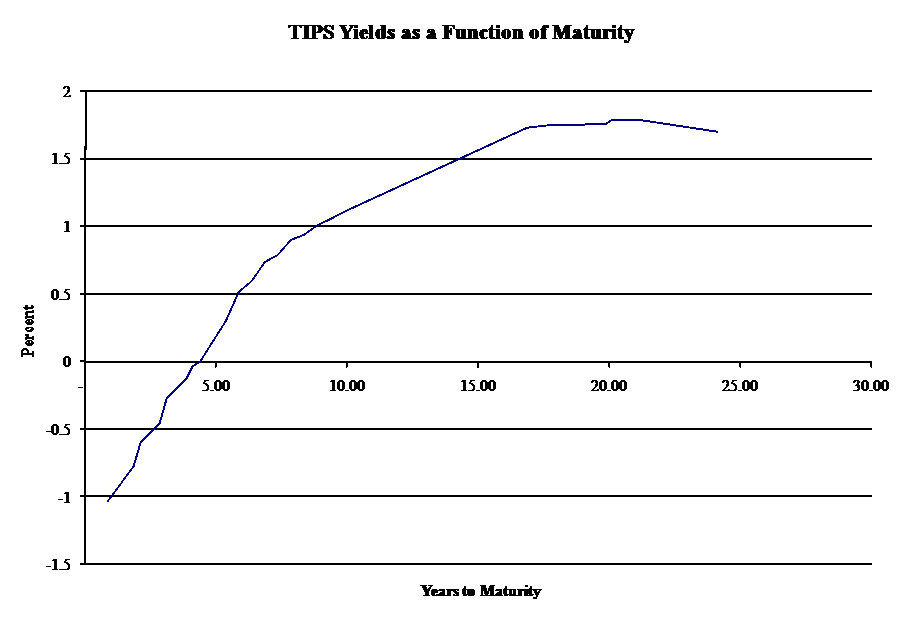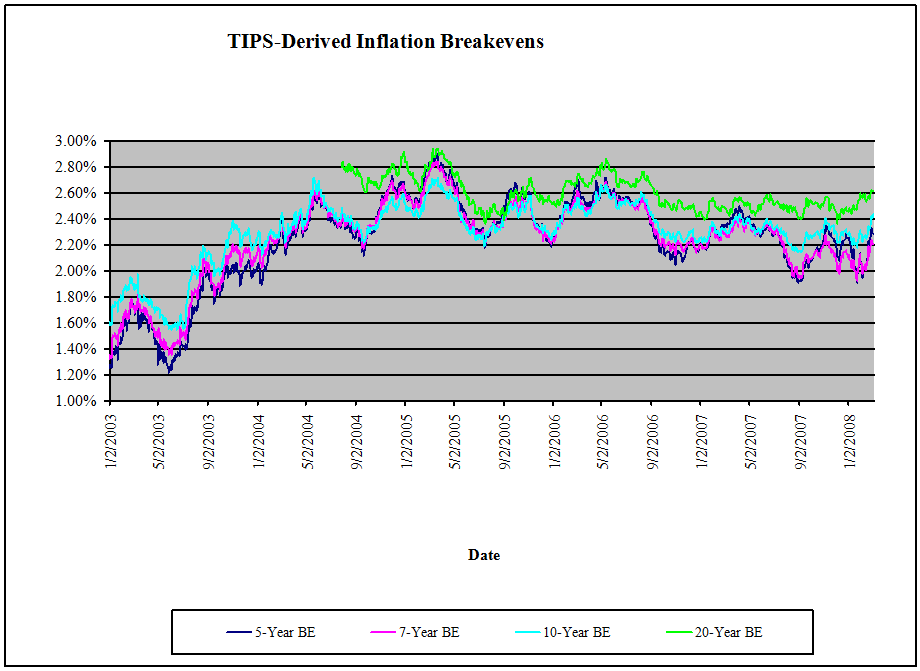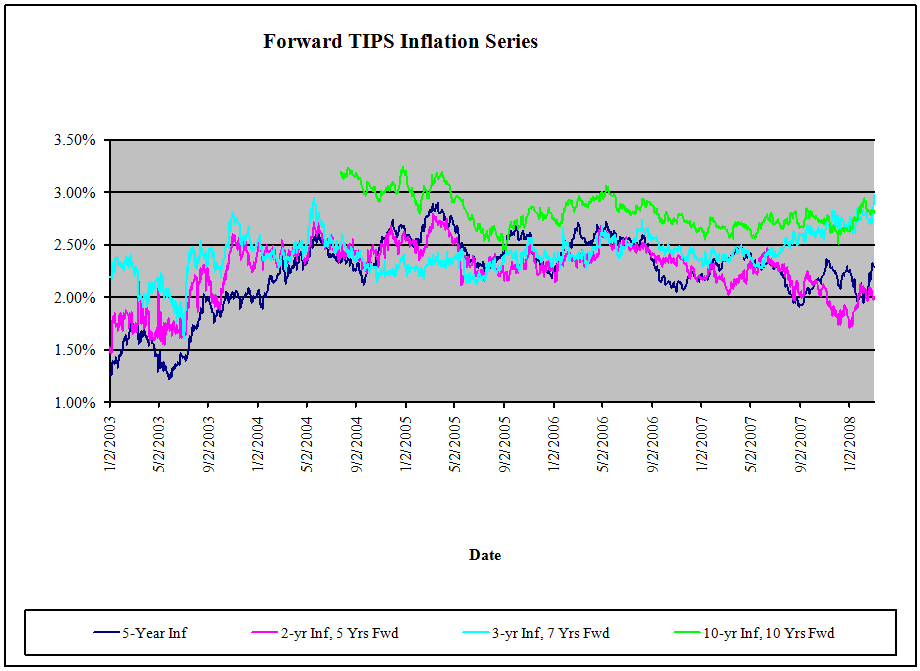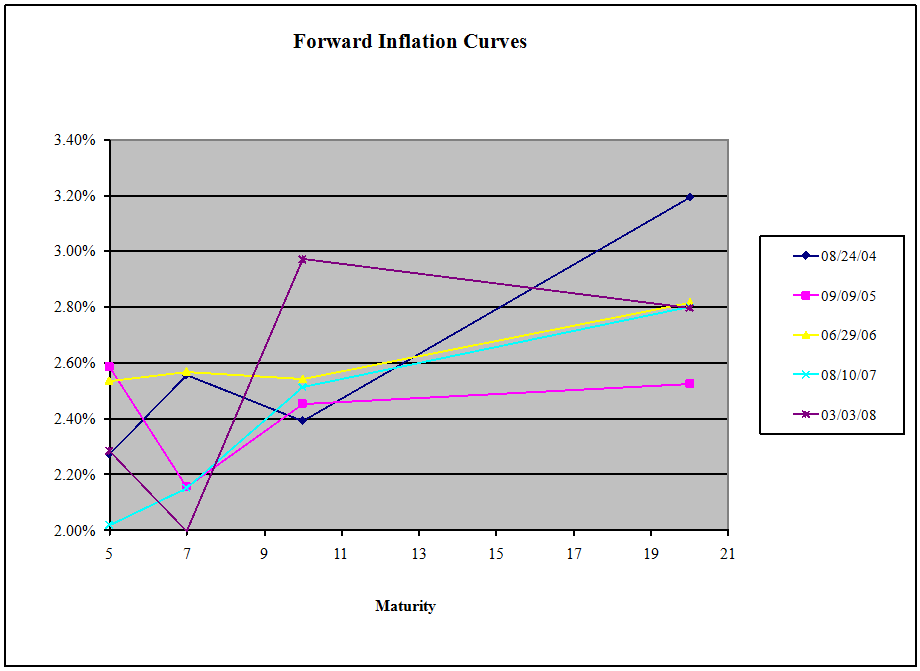Suppose we had seven guys in the room, an economist, a guy from a ratings agency, an actuary, a guy who does capital structure arbitrage, a derivatives trader, A CDO manager, and a guy who does nonlinear dynamic modeling, and we asked them what the spread on a corporate bond should be.
- The economist might say whatever spread it trades at at any given moment is the right spread; no one can foretell the future.
- The guy from the ratings agency would scratch his head, tell you spreads aren’t his job, but then volunteers that spreads are correlated with bond credit ratings on average.
- The actuary might say that you estimate the default loss rate over the life of the bond, and the required incremental yield that the marginal holder of the bond needs to fund the incremental capital employed. Add those two spreads together, and that is what the spread should be.
- The capital structure arb would say that he would view the bondholders as short a put from the equityholders, estimate the value of that option using the stock price, equity option implied volatility, and capital structure, and would back into the spread using that data. Higher implied volatility, higher leverage, and lower stock prices lead to higher spreads.
- The derivatives trader would say, “Look, I sit next to the cash trader. After adjusting for a deliverability option, if cash is sufficiently cheap to to the credit default swap spread, we buy the bond and receive protection through CDS. Vice-versa if the cash bond is sufficiently rich. In general, the bond spread should be near the CDS spread.”
- The CDO manager would say that it depends on the amount of leverage he and his competitors can employ in buying bonds for his deals, and how dearly he can sell his equity and subordinate tranches.
- The guy into nonlinear dynamics says, “This is not a good question. There are multiple players in the market with differing goals, funding structures, and regulatory constraints. All of my friends here have the right answer under certain conditions… but at any given point in the market, each has differing levels of influence.”
After we tell the guy into nonlinear dynamics that he didn’t answer the question, he says, “Fine. Look at the high yield market today. Why were spreads so low nine months ago, and so high now? Did likely default costs have something to do with it? Yes, a sophisticated actuarial model would have looked at the quality of originations and seasoning, and would conclude that default costs would rise. But spreads have moved out far more than that. Have costs of holding high yield debt risen? Capital charges have risen as more downgrades have happened, and as anticipated. That’s still not enough. The loss of the bid for high yield bonds from CDOs is significant, but that is still not enough. As the credit cycle turns down, who is willing to make a bid? Who has the spare capital, and the guts to say, ‘This is the right time.’ Even if it will turn out all right in the end (the actuarial argument), I could lose my job, or get a lower bonus if I don’t time my purchases right. Hey, Actuary, do you want to increase your allocation to high yield at these levels?”
Actuary: “The ratings agencies have told us we only have limited room to do that. Besides, our CIO is a ‘fraidy cat; he wants his bonus in 2008. But in theory it would make sense to do so; we have a long liability structure. We should do it, but there are institutional constraints that fight the correct long-term decision.”
Nonlinear Dynamics Guy: “Okay, then, who does want to take more credit risk here?”
Derivatives Trader: “We are always net flat.”
CDO manager: “Can’t kick a deal out the door.”
Capital Structure Arb: “We’re doing a little more here, but our credit lines aren’t big. Some friends of mine that run credit hedge funds are finding that they can’t lever up as much during the crisis.”
The economist and the guy from the rating agency give blank stares. The Nonlinear Dynamics Guy says, “Look, high yield buyers took too much risk in the past, and now their ability to buy is impaired by increasing capital charges, and unwillingness to resist momentum. Now levered buyers of high yield credit have been killed, and there is excess supply at current levels. Rationality will return when unlevered and lightly levered buyers, or buyers with long liability structures (looks at the actuary) hold their nose, and step up and buy with real money, not short term debt.”
The actuary nods, and makes a mental note to discuss the idea with the CIO of the life insurance company. The economist and ratings agency guy both shrug. The CDO manager asks how long it will be before he can do his next deal. No one answers. The derivatives trader says “Whatever, I make my money in all markets” and the capital structure arb smiles and nods.
Nonlinear Dynamics Guy [NDG] says to the latter two, “Good for you. But what if your financing gets pulled? Many places are finding they can’t borrow as easily as they used to.” The two of them blink, grimace, and say “Our lines won’t get pulled.” Nonlinear Dynamics Guy says, “Have it your way. I hope you all do well.” At that the actuary smiles, and asks if NDG would be willing to speak at the next Society of Actuaries meeting. NDG hands him his card, and says, “Let’s talk about it later. Who knows, by the time of your meeting, things could be very different.”





